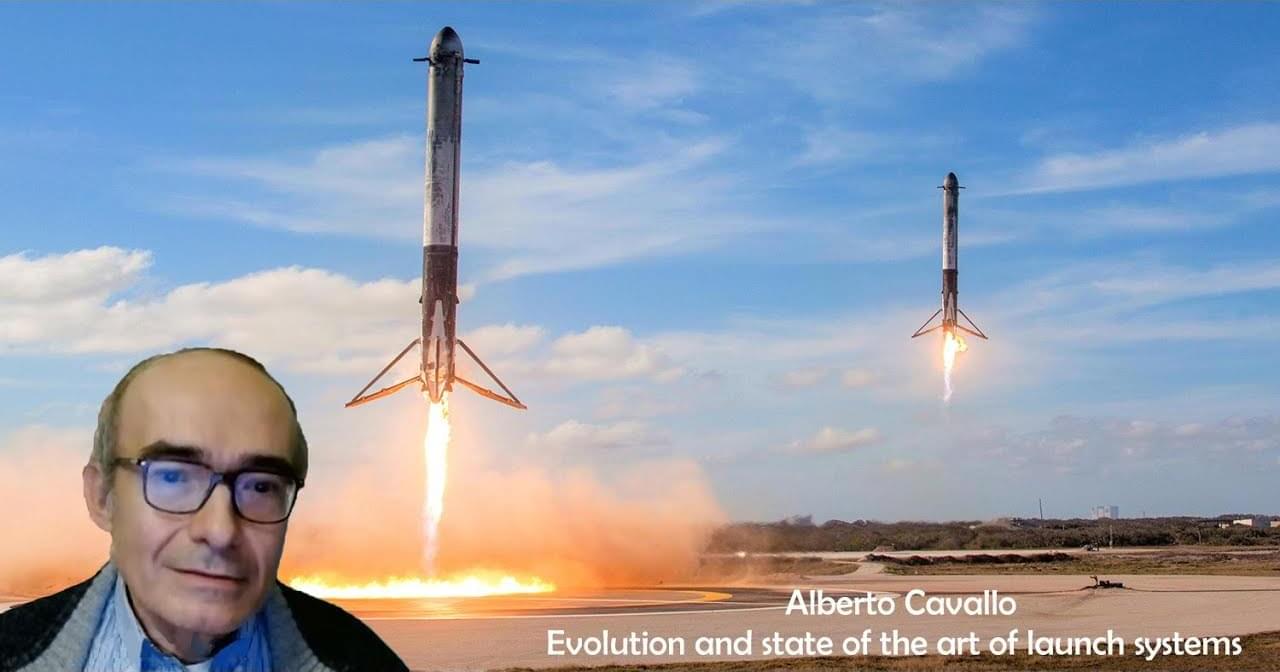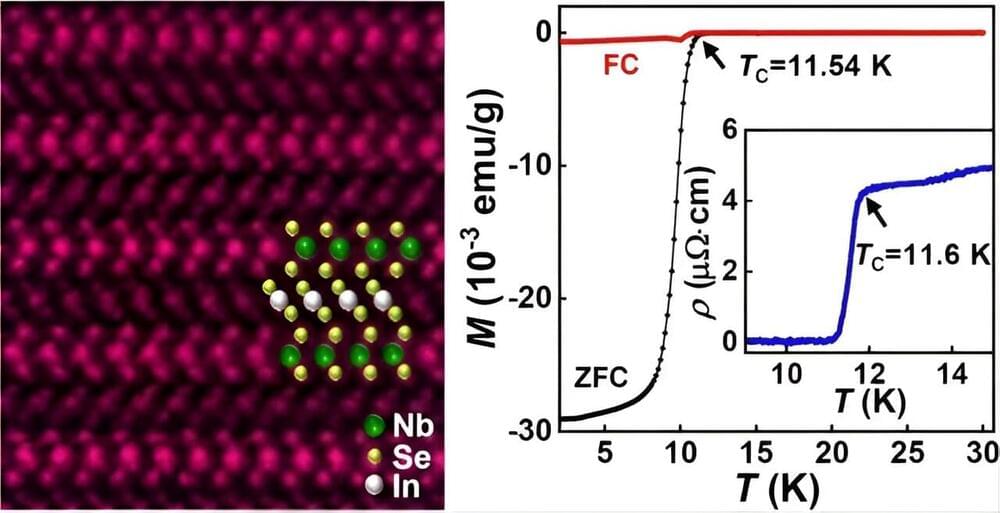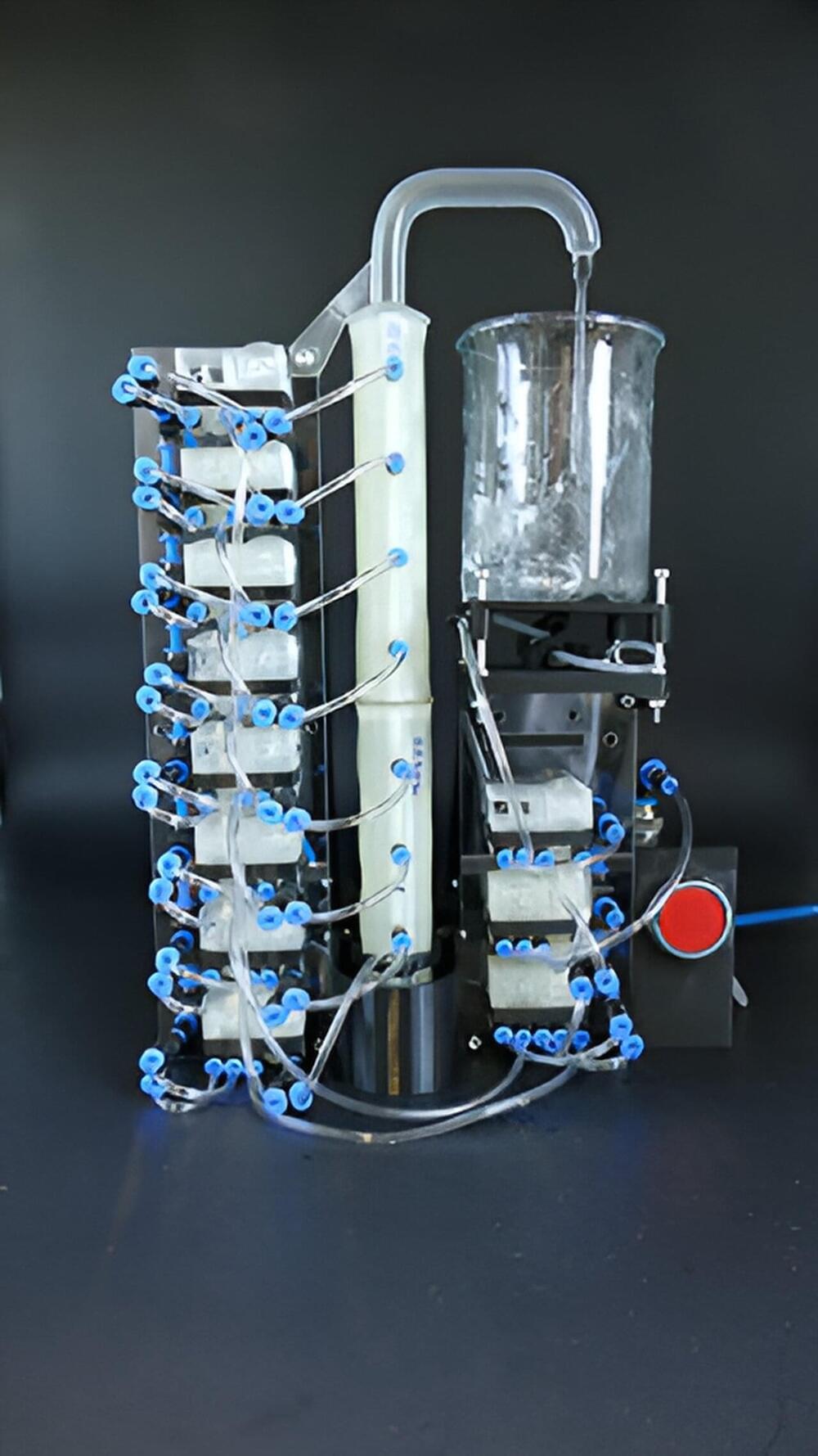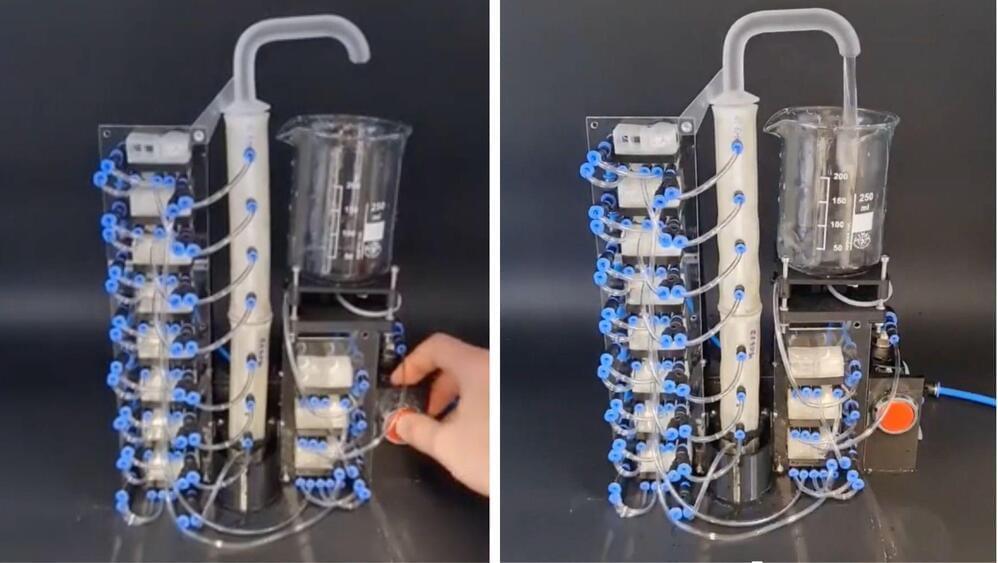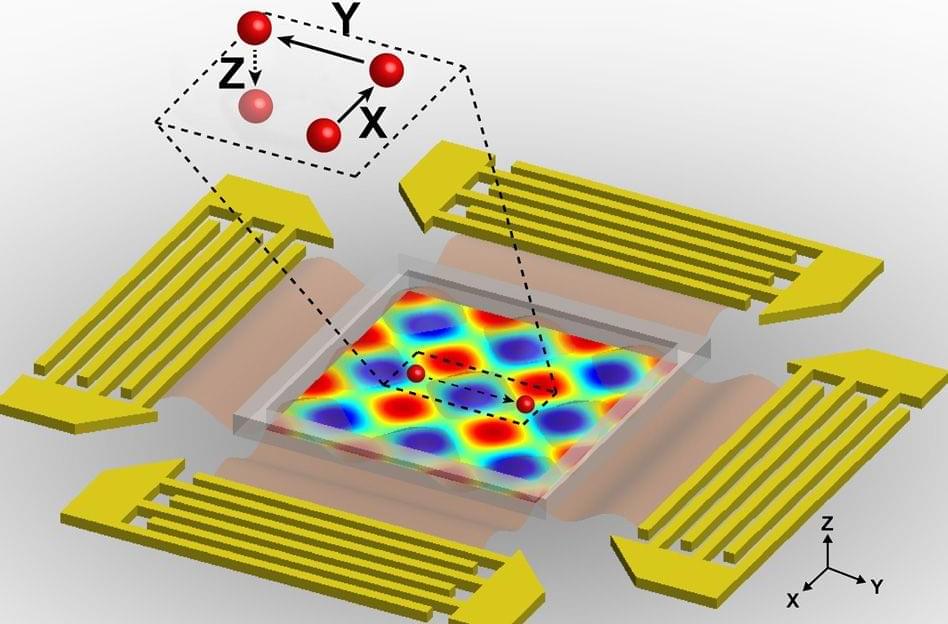Feb 5, 2024
Joint research team develops edge-to-edge assembly technique for 2D nanosheets
Posted by Dan Breeden in categories: chemistry, engineering
A collaborative research team has fabricated a soccer ball-shaped construction using edge-to-edge assembly of 2D semiconductor materials. The research has been featured on the cover of the online edition of the Angewandte Chemie International Edition journal.
The research team, led by Professor In Su Lee and Ph.D. candidate Sun Woo Jang from the Department of Chemistry at Pohang University of Science and Technology (POSTECH), along with Professor Kwangjin An from the Department of Energy and Chemical Engineering at Ulsan National Institute of Science and Technology (UNIST), successfully controlled the interaction between the edges of 2D-silica nanosheets (2D-SiNS) to create a soccer ball-like structure.
The planar structure of 2D nanosheets exhibit unique mechanical and optical properties, making them versatile in semiconductor devices, catalysts, sensors, and many other sectors. The strong attraction of intermolecular forces (van der Waals) between sheets typically results in a structure where faces are in direct contact, compromising mechanical stability for catalytic functionality.

